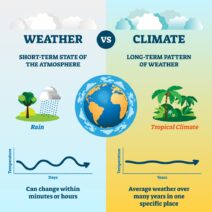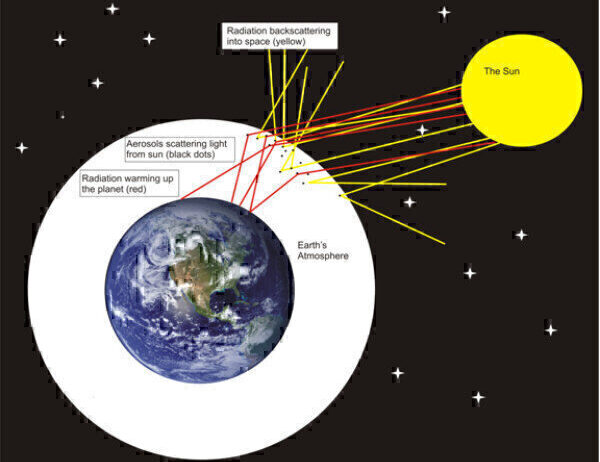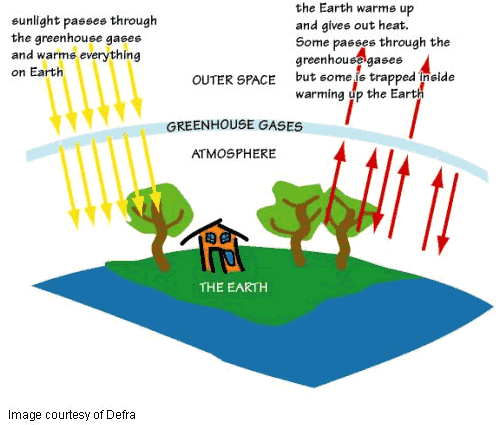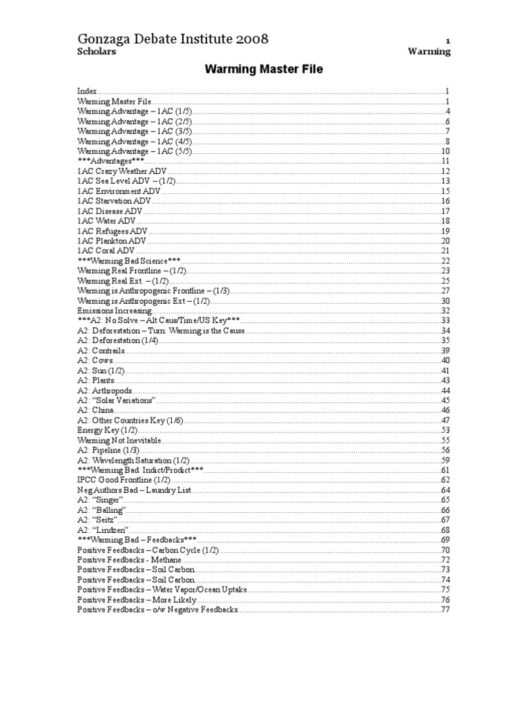The measurement of Earth’s temperature and the tracking of global warming is a complex but critical endeavor that demands our immediate attention. As greenhouse gas emissions continue to rise, understanding how we gauge changes in our planet’s temperature becomes ever more vital. Various tools and techniques have evolved to provide us with reliable data, allowing scientists and researchers to track climate trends effectively. This article delves into the mechanisms and methodologies utilized in measuring Earth’s temperature, emphasizing how these techniques influence our understanding of climate change.
To begin, it is essential to comprehend the fundamental principle behind temperature measurement: thermal radiation. The Earth absorbs solar energy, which heats the planet’s surface. Subsequently, this energy radiates back toward space in the form of infrared radiation. Instruments designed to detect this radiation form the backbone of temperature measurement techniques. The two predominant technologies utilized in assessing Earth’s temperature are ground-based observations and satellite remote sensing.
Ground-based temperature measurements entail an expansive network of weather stations scattered across the globe. These stations utilize standard meteorological instruments, such as thermometers, to capture data on local temperatures. The data garnered from these stations are then aggregated, leading to the formation of a comprehensive temperature record. It is important to note that the accuracy of these ground-based measurements relies heavily on the proper placement of equipment and adherence to established protocols. Variables such as local geography, urban development, and even vegetation can significantly influence temperature readings, thus necessitating meticulous calibration and standardization of measurement techniques.
However, ground-based observations are limited by their geographical reach. To overcome this barrier and gain an expansive overview of the Earth’s climatic conditions, scientists employ satellite remote sensing. Satellites equipped with advanced sensors orbit the Earth, collecting data on atmospheric temperatures and surface conditions over vast and often inaccessible territories. Techniques such as infrared radiometry allow satellites to detect the thermal emissions from the Earth’s surface, providing temperature readings that complement ground-based observations.
One such satellite program is NASA’s Moderate Resolution Imaging Spectroradiometer (MODIS). This tool is designed to monitor vegetation, oceans, and land surface temperatures. By integrating data from various satellites, researchers can produce a comprehensive climate record that spans decades, revealing trends in Earth’s temperature and identifying anomalies that warrant further investigation. The spatial and temporal coverage of satellite data unveils patterns that ground-based observations might overlook, thus enriching our understanding of global warming.
Additionally, climate models play a crucial role in interpreting temperature data. These sophisticated mathematical frameworks simulate Earth’s climate system, accounting for various factors including greenhouse gas emissions, solar radiation, and oceanic currents. By integrating observational data into these models, scientists can project future temperature scenarios, allowing for a granular analysis of potential climate futures. These models empower policymakers and environmental activists alike to anticipate changes and devise strategic responses to mitigate the impacts of global warming.
In understanding Earth’s temperature, one cannot overlook the significance of historical climate records. By analyzing ice cores, tree rings, and sediment layers, researchers can reconstruct past climate conditions. Ice cores, in particular, serve as time capsules, trapping tiny bubbles of air that provide a direct record of the atmosphere’s composition over millennia. This palynological and geochemical analysis illuminates historical fluctuations in temperature and greenhouse gas concentrations, enabling scientists to contextualize current warming trends within a broader temporal landscape.
Further contributing to our comprehension of global warming are the sophisticated statistical techniques employed in data analysis. Scientists utilize methods such as the Mann-Kendall trend test or linear regression analyses to extract significant trends from extensive datasets. These statistical tools help discern whether observed temperature changes are anomalous or part of natural variability. Understanding the statistical significance of temperature records is crucial for drawing accurate conclusions about global warming, highlighting the intricate dance between climate phenomena and human impact.
Public engagement and data accessibility also play a vital role in the ongoing fight against climate change. Platforms such as NOAA’s Climate Data Online and NASA’s Global Climate Change website present temperature data in user-friendly formats, fostering a more informed citizenry. Accessible data encourages public discourse, allowing individuals to visualize temperature changes and their potential repercussions. Such transparency cultivates a more proactive approach to climate action, inspiring grassroots initiatives and policy reforms driven by informed citizens.
Moreover, advancing technology continues to enhance our capacity for measuring and monitoring the Earth’s temperature. Emerging innovations, such as drones equipped with thermal imagers and ground penetrating radar, allow researchers to probe challenging environments with unprecedented precision. These technological developments promise to unveil further intricacies of the Earth’s climate system, refining our understanding of global warming as we move forward.
In conclusion, the measurement of Earth’s temperature and the tracking of global warming encompass a multitude of tools and techniques that work in concert to deepen our understanding of climate change. From ground-based meteorological stations to advanced satellite monitoring, and from historical reconstructions to predictive modeling, each element contributes to this intricate tapestry of knowledge. As climate change continues to impact our world with increasing urgency, the collaborative endeavor of scientists, technologists, and informed citizens is more vital than ever. The strive for an accurate understanding of our planet’s climatic state not only fulfills an intellectual curiosity but serves as a clarion call for substantive action in addressing one of humanity’s most formidable challenges.








